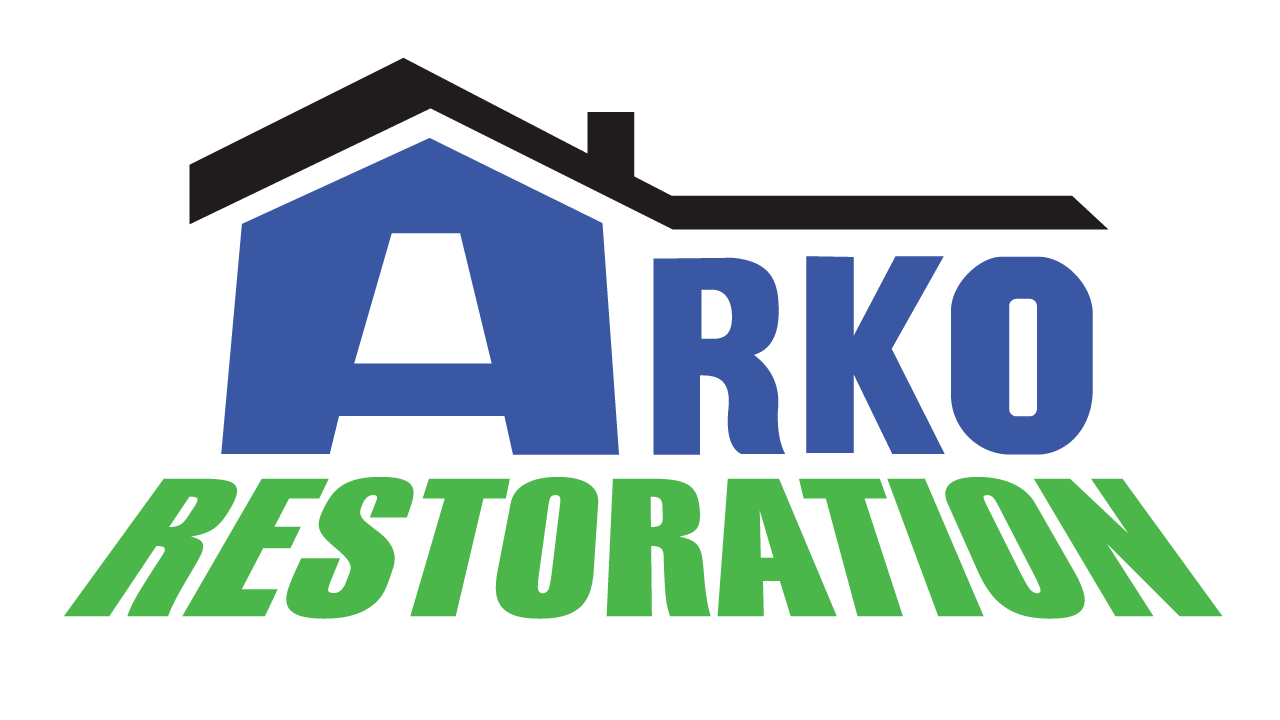Humans need water because it is essential to the way we live. However, it can show up in another form to destroy properties and cause casualties. Some natural causes of damage can be flooding or storms. Malfunctioning appliances, sewage backup and burst pipes are internal sources that can also cause water damage.
Tips And Tricks For Effective Water Damage Restoration
Water can cause devastating damage if it comes in the wrong form. In the event of damage, a restoration process must follow.
Here are tips and tricks to help you through the water damage restoration process…
#1 Ensure Safety
Making safety a priority is important when you are faced with water damage. Water has the potential to cause significant harm to your property and compromise its structural stability. Before undertaking any restoration efforts, it is crucial to evaluate whether you are equipped to handle the damage.
Additionally, ensure that you put on appropriate protective gear, including gloves, a face mask and boots, to safeguard yourself during the restoration process. If the damage is extensive, it is advisable to work with professionals such as utility officials, restoration companies or other relevant experts to handle the task(s).
#2 Shut Off The Main Water Supply

To protect your property, reduce losses and reduce risks from water damage, you must act quickly. If you allow the water to remain stagnant, it can gradually seep into the building materials. This can go on and spread to other areas of your home. When this happens, you will experience further damage such as mold growth.
To prevent the damage from getting worse, it is essential to familiarize yourself with the location of water shutoff valves and understand how to operate them in case of an emergency. If you cannot stop the leak yourself, make sure to contact a plumber without delay. By acting swiftly and efficiently, you can curtail the extent of water damage and protect your property effectively.
#3 Turn Off The Electricity Supply
Electricity is the most significant hazard you should be aware of in the event of water damage. The combination of water and electricity is dangerous because any exposed cables or wires are a serious safety risk. Therefore, it is crucial to prioritize your safety by turning off the electricity supply before addressing the water damage in your home.
Additionally, it is recommended that you seek the assistance of professionals and have your electronic devices serviced by experts before using them. By taking these precautions, you can reduce the risk of electrical accidents and ensure a safer environment while dealing with water damage.
#4 Identify The Source Of Water Damage
There are different categories of water damage. The first category is considered safe to handle, provided immediate action is taken. However, the other category of water damage represents a severe form and is best left to professionals for remediation.
It is important to assess the extent of contamination and be aware of the associated health risks based on the specific contaminants involved. By understanding the category of water damage and the potential health hazards, you can make informed decisions regarding the appropriate actions to take and prioritize your well-being throughout the restoration process.
#5 Move Your Valuables
To ensure the safety of your personal belongings during water damage, it is essential to move items such as electronics, furniture and appliances to a secure and dry area. If furniture proves too heavy to move alone, enlisting the help of a friend or two is advisable. To protect artwork and important documents, consider using plastic garbage bags as a protective measure.
Additionally, it may be necessary to dispose of certain porous materials that have been damaged beyond repair. By taking these precautionary steps, you can minimize potential damage to your belongings and preserve their integrity during the water damage restoration process.
#6 Start The Cleanup Process

To address water damage, start by using a shop vac to extract any standing water. Next, use mops and towels to get rid of residual water and moisture. To facilitate drying, position fans and dehumidifiers in the affected area. If the weather permits, opening windows and doors can aid in increasing air circulation.
Also, you may disinfect the affected area using a solution of bleach and water. It is important to thoroughly inspect the previously water-damaged space for any signs of mold growth. Repair or restore any damaged walls, ceilings or flooring as needed. In some cases, repainting affected walls and ceilings may be necessary to restore their appearance and integrity.
#7 Contact Professionals
In the event of water damage, it is highly recommended to have a trusted restoration partner on-site. This is because they can help with securing and restoring your property to its pre-damaged state. Water damage restoration professionals have state-of-the-art tools and employ efficient methods to effectively restore properties affected by water damage.
Also, they understand the importance of your property and prioritize its preservation. These professionals have undergone training to handle disasters of all sizes, ensuring they are well-prepared to tackle any situation. Their prompt response and quick action will let them mitigate damage and initiate the restoration process promptly, providing you with peace of mind during the recovery process.
Summary:
Repairing your home after water damage is not an easy task because of the many processes involved. Before you start the process, you need to think of your safety first. After that, you can follow the tips discussed to effectively restore your home. You can also contact a professional cleaner after the restoration to help ensure that your house is free from mold and bacteria and to make sure it is habitable.

